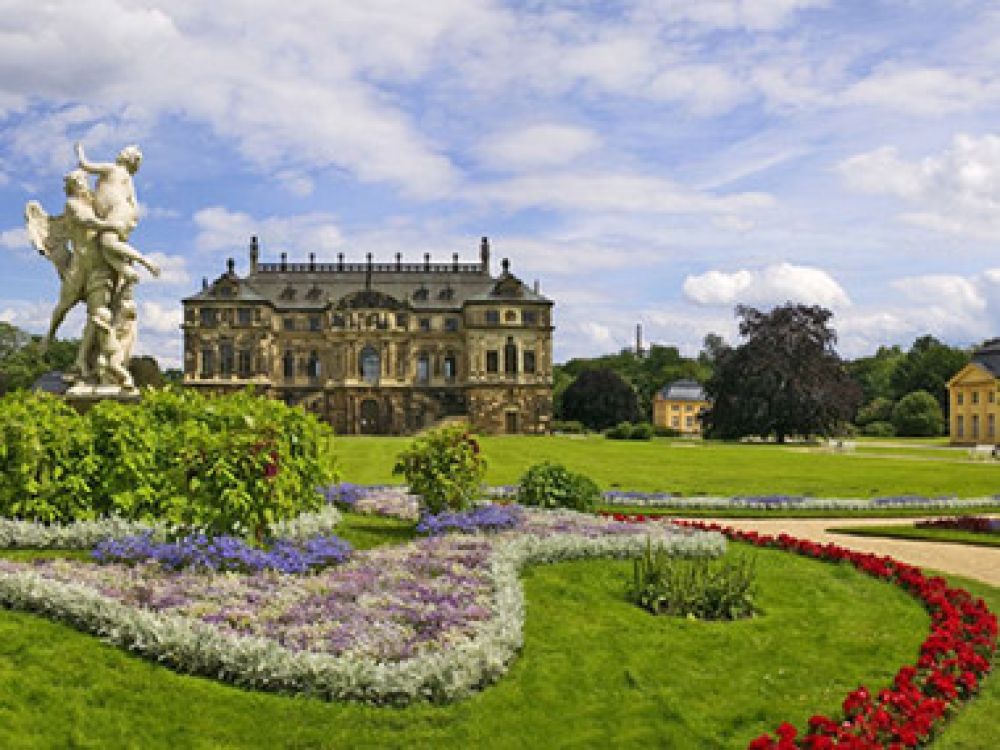

The Grosser Garten of Dresden, often referred to as the "Great Garden," is one of the city's most splendid baroque parklands and a testament to the region's rich history and cultural heritage. This majestic garden has been a significant draw for visitors both domestically and internationally, with its history closely intertwined with the evolution of tourism in Dresden.
The Grosser Garten was originally designed and laid out in the 17th century during the reign of Elector John George III. The initial purpose of the garden was largely for courtly representation and as a symbol of the electoral power and prestige. As a prominent example of Baroque garden architecture, it soon became a place of leisure and recreation for the Saxon court and its distinguished guests.
Tourist interest in the Grosser Garten began to increase significantly in the 18th century when the garden was opened to the public — a rather progressive move at the time. Its meticulously manicured landscapes, elaborate floral arrangements, and the addition of the Palais in the garden served to enhance its attractiveness as a major tourist destination in Dresden.
With the advent of industrialization and the burgeoning middle class in the 19th century came a newfound interest in leisure travel. The Grosser Garten responded by incorporating more recreational facilities, including a zoo, a miniature railway (still operational today), and the botanical garden which was established in 1820, broadening the appeal of the park and attracting an even wider array of visitors.
After sustaining extensive damage during World War II, the Grosser Garten underwent a long period of restoration. Its revival played an essential role in the rejuvenation of Dresden's tourist appeal post-war. In recent decades, the Grosser Garten has continued to evolve, integrating contemporary landscape features while maintaining its historic aura.
Today, the Grosser Garten stands as a prime example of a historic site that efficiently adapts to modern tourism trends. Innovative offerings such as night walks, guided historical tours, and interactive events for children work in conjunction with traditional elements to cater to a diverse audience. Moreover, the garden's promotion of environmental sustainability aligns with the eco-conscious values of contemporary travelers. The garden's enchantment reaches its peak during the 'Dresdner Schlössernacht', when a night-long event propels the garden into a wonderland of arts, music, and performances, drawing tourists and locals alike.
As one of Dresden's greatest treasures, the Grosser Garten continues to flourish as a vital hub for tourism. Its blend of historical elegance with modern-day amenities places it firmly on the must-visit list for anyone traveling to Germany. By valuing both its rich past and the evolving preferences of today's tourists, the Grosser Garten is likely to remain a beloved destination for generations to come.